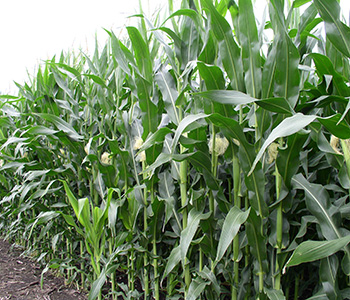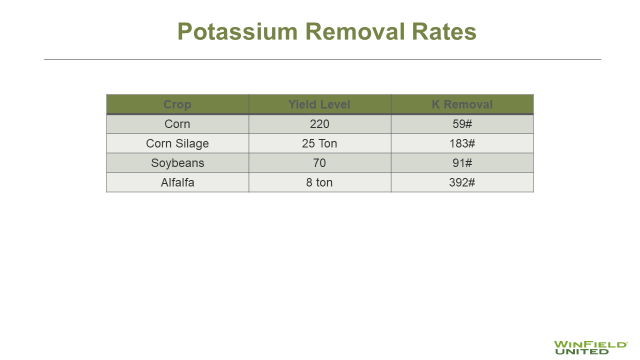Planning Ahead with Soil Fertility
Aug 01, 2022

Alex Branderhorst
Sales Agronomist, CCA, Sully
It’s hard to believe we’re on the home stretch of our 2022 crop season. Farmers have dealt with many challenges this year, but for the most part, our corn and soybean crops look to have potential for exceptional yields once again.
It’s never too early to have a conversation with your local Key Cooperative Agronomist about fall fertility management when looking ahead to the 2023 cropping season. Start talking about soil sampling and which fields need to be updated. We recommend updating soil samples every four years in order to stay on top of soil fertility. Our soil sampling acts as a report card that gauges how we’ve been doing on keeping phosphorous, potassium, sulfur and pH at optimum levels to support your yield goals. Soil sampling is a useful tool in deciding where, and how much fertilizer needs to be applied. This also helps ensure that we are being good stewards of the land by not over or under applying fertilizer.
Keeping phosphorous and potassium at the right levels is crucial when striving to push yields. Below are examples of the needs for a 220 bushel corn crop and a 70 bushel bean crop.


As we continue to push yields, it’s important that we stay diligent with our fertilizer applications. Applying the correct amount of phosphorous, potassium and sulfur is the foundation for a successful crop. Don’t let the tank run empty, talk to your Key Cooperative agronomist about your fertilizer needs.
Sales Agronomist, CCA, Sully
It’s hard to believe we’re on the home stretch of our 2022 crop season. Farmers have dealt with many challenges this year, but for the most part, our corn and soybean crops look to have potential for exceptional yields once again.
It’s never too early to have a conversation with your local Key Cooperative Agronomist about fall fertility management when looking ahead to the 2023 cropping season. Start talking about soil sampling and which fields need to be updated. We recommend updating soil samples every four years in order to stay on top of soil fertility. Our soil sampling acts as a report card that gauges how we’ve been doing on keeping phosphorous, potassium, sulfur and pH at optimum levels to support your yield goals. Soil sampling is a useful tool in deciding where, and how much fertilizer needs to be applied. This also helps ensure that we are being good stewards of the land by not over or under applying fertilizer.
Keeping phosphorous and potassium at the right levels is crucial when striving to push yields. Below are examples of the needs for a 220 bushel corn crop and a 70 bushel bean crop.


As we continue to push yields, it’s important that we stay diligent with our fertilizer applications. Applying the correct amount of phosphorous, potassium and sulfur is the foundation for a successful crop. Don’t let the tank run empty, talk to your Key Cooperative agronomist about your fertilizer needs.